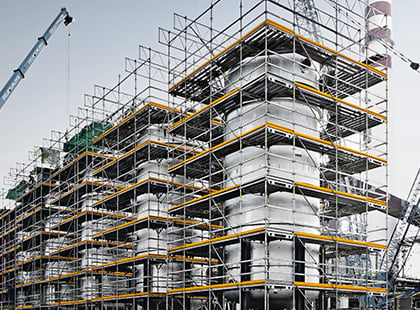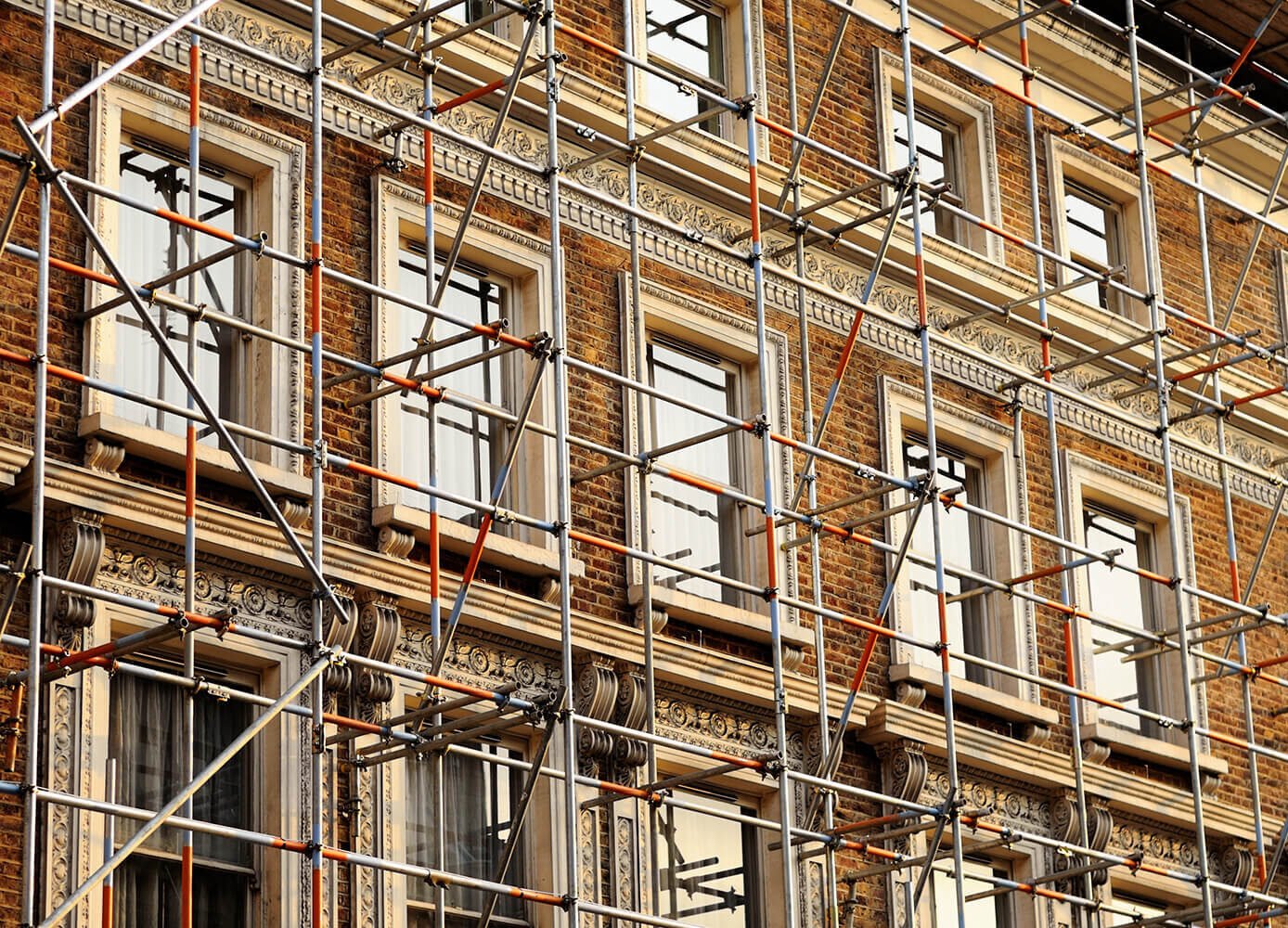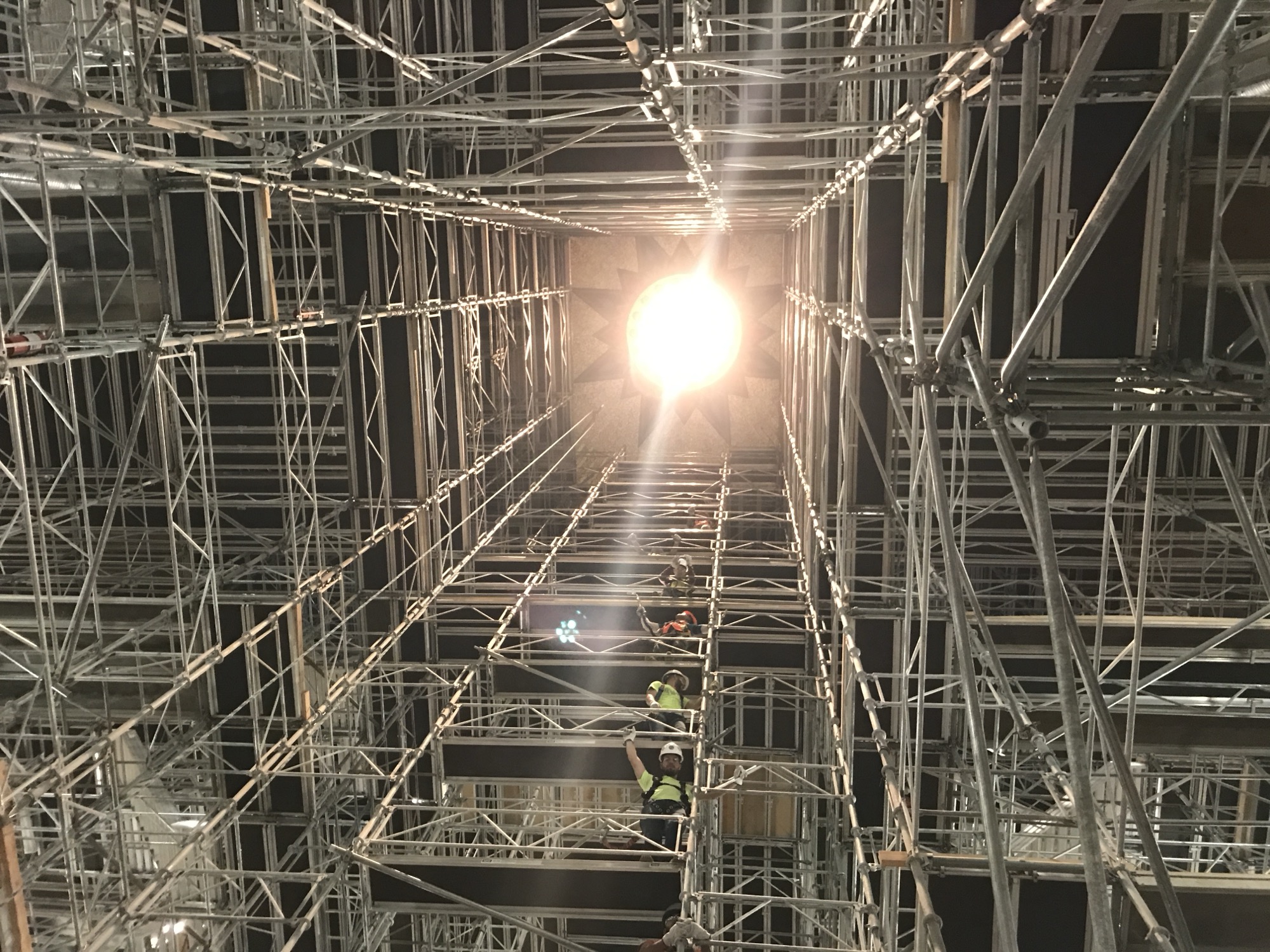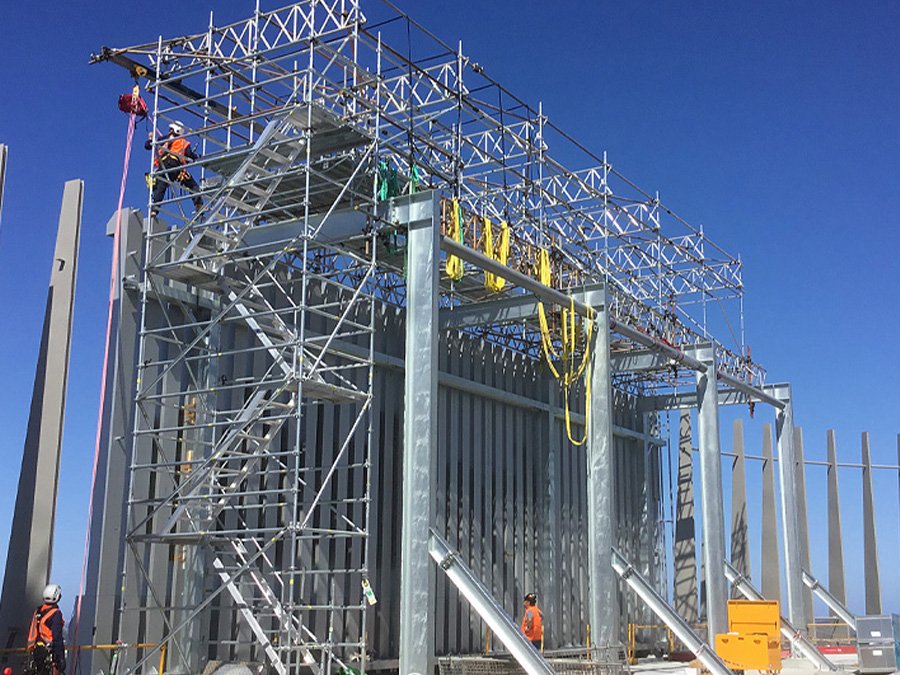Checking Out the Different Kinds of Scaffolding Made Use Of in Building And Construction Tasks
The building and construction sector counts greatly on different sorts of scaffolding to satisfy particular job demands, each offering distinct advantages and applications. Traditional structure scaffolding gives a strong structure for general tasks, while put on hold scaffolding is crucial for deal with skyscraper structures. Other alternatives, such as system and rolling scaffolding, satisfy effectiveness and wheelchair, respectively. Moreover, the cantilever alternative confirms vital in metropolitan environments where space is constricted. Recognizing the nuances of these scaffolding kinds is crucial for enhancing safety and efficiency on building websites, triggering a closer exam of their distinct characteristics and applications.

Conventional Framework Scaffolding
Standard framework scaffolding is just one of one of the most commonly used techniques in the building market because of its robustness and flexibility. This system contains straight and upright frameworks that are put together to create a stable system for materials and workers. The primary components include upright posts, horizontal ledgers, and angled dental braces, which with each other provide a solid framework that can sustain considerable tons.
One of the key benefits of traditional structure scaffolding is its versatility to numerous building tasks, ranging from household buildings to huge industrial frameworks. The modular design enables easy setting up and disassembly, making it reliable for both lasting and short-term tasks. Additionally, the system can be personalized in elevation and width, fitting various building styles and website conditions.
Security is paramount in scaffolding applications, and standard structure systems are equipped with guardrails and toe boards to avoid falls and make sure employee protection. Moreover, normal inspections and adherence to security guidelines are crucial in maintaining the stability of the scaffold. On the whole, typical frame scaffolding stays a fundamental selection in the construction industry, offering a trustworthy system for labor and boosting total project efficiency

Suspended Scaffolding
Put on hold scaffolding provides a distinct solution for building and construction jobs that need access to raised surfaces, particularly in scenarios where standard framework scaffolding may be not practical. This sort of scaffolding is commonly put on hold from the roofing system or upper degrees of a structure, making use of a system of platforms, wheels, and ropes to produce a functioning area that can be adapted to different elevations.
One of the key advantages of put on hold scaffolding is its flexibility. It can be conveniently repositioned or reduced to accommodate modifications in construction requirements, making it ideal for jobs such as home window installation, façade job, and upkeep on high-rise structures. In addition, the minimal impact of put on hold scaffolding enables better use of ground space in urban settings, where area is often minimal.
Safety is a vital consideration in the usage of put on hold scaffolding. Overall, suspended scaffolding offers a efficient and effective option for accessing hard-to-reach areas in different building circumstances, boosting both performance and safety and security on website.
System Scaffolding
System scaffolding, usually considered a modern-day remedy in the scaffolding sector, includes pre-engineered parts that can be swiftly set up and adapted for different construction projects. Scaffolding. This kind of scaffolding is identified by its modular layout, which enables for flexibility and efficiency on job websites, suiting various elevations and structural needs
Typically made from high-strength steel or light weight aluminum, system scaffolding uses improved sturdiness and stability. The components consist of vertical posts, straight ledgers, and diagonal dental braces, which interconnect securely, making certain a robust framework. The design often includes standardized installations, simplifying setting up and disassembly procedures, thereby lowering labor time and expenses.

Rolling Scaffolding
Moving scaffolding is a flexible alternative to typical fixed scaffolding, designed for mobility and ease of use on building and construction sites. This sort of scaffolding consists of a system sustained by frameworks with wheels, permitting employees to easily transfer it as required. The movement feature significantly enhances performance, as it reduces downtime connected with constructing and taking apart fixed scaffolding.
Normally created from light-weight products such as light weight aluminum or steel, rolling scaffolding uses a durable yet mobile option for jobs needing constant repositioning - Scaffolding. It is particularly helpful in jobs such as paint, drywall setup, and electric work, where accessibility to different heights and areas is essential
Safety and security is paramount in rolling scaffolding design, with features such as securing wheels to stop unexpected motion when in use, and guardrails to protect employees from falls. Furthermore, many models are flexible in height, accommodating different task requirements.
Cantilever Scaffolding

The layout of cantilever scaffolding typically includes utilizing arms or braces anchored to a structure or framework, allowing the platform to prolong external securely. Safety and security is critical; hence, these scaffolds must be crafted to withstand various lots and environmental problems. Normal assessment and maintenance are necessary to make certain structural stability and worker security.
Cantilever scaffolding is preferred for its convenience and effective use area, making it a preferred selection in metropolitan atmospheres where room constraints are usual. Furthermore, it promotes much easier accessibility to high altitudes, inevitably adding to the total effectiveness of building projects. As with all scaffolding types, proper training and adherence to security criteria are critical for workers making use of cantilever scaffolding.
Final Thought
Traditional frame scaffolding gives stability, while put on hold scaffolding supplies convenience for elevated tasks. System scaffolding facilitates quick setting up, and rolling scaffolding enhances mobility for differing job atmospheres.
Typical structure scaffolding supplies a sturdy structure for general jobs, while put on hold scaffolding is vital for work on skyscraper frameworks.Rolling scaffolding is a functional option to conventional fixed scaffolding, developed for movement and convenience of usage on construction sites. As with all scaffolding types, appropriate training and adherence to safety and security criteria are essential for employees using cantilever scaffolding.
Conventional frame scaffolding offers stability, while Local scaffolding company put on hold scaffolding provides adaptability for raised tasks. System scaffolding assists in quick setting up, and rolling scaffolding boosts mobility for differing job environments.